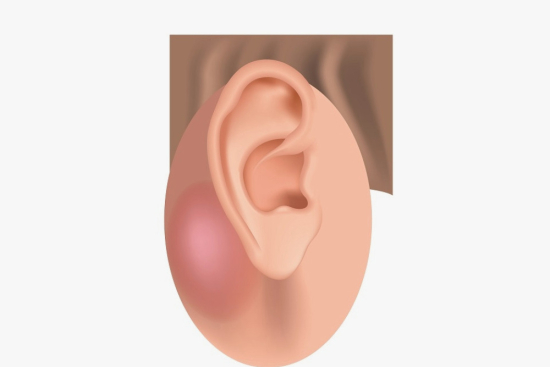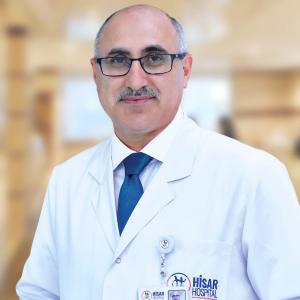A mastoidectomy is a surgical procedure that removes diseased mastoid air cells. The mastoid is the part of your skull behind your ear which is full of cells in series. This is because the diseased cells are usually caused by an ear infection that has spread to the skull.
Contact us and get your free quote of mastoidectomy in Turkey at one of our best partner clinics!
Treatment in Istanbul Turkey: Prices
Multidisciplinary Mastoidectomy Clinics provide specialist services in Turkey for medical conditions related to listening at competitive prices. Patients who pass through Turquie Santé receive a comprehensive diagnosis and treatment, with access to a targeted mastoidectomy therapy program.










